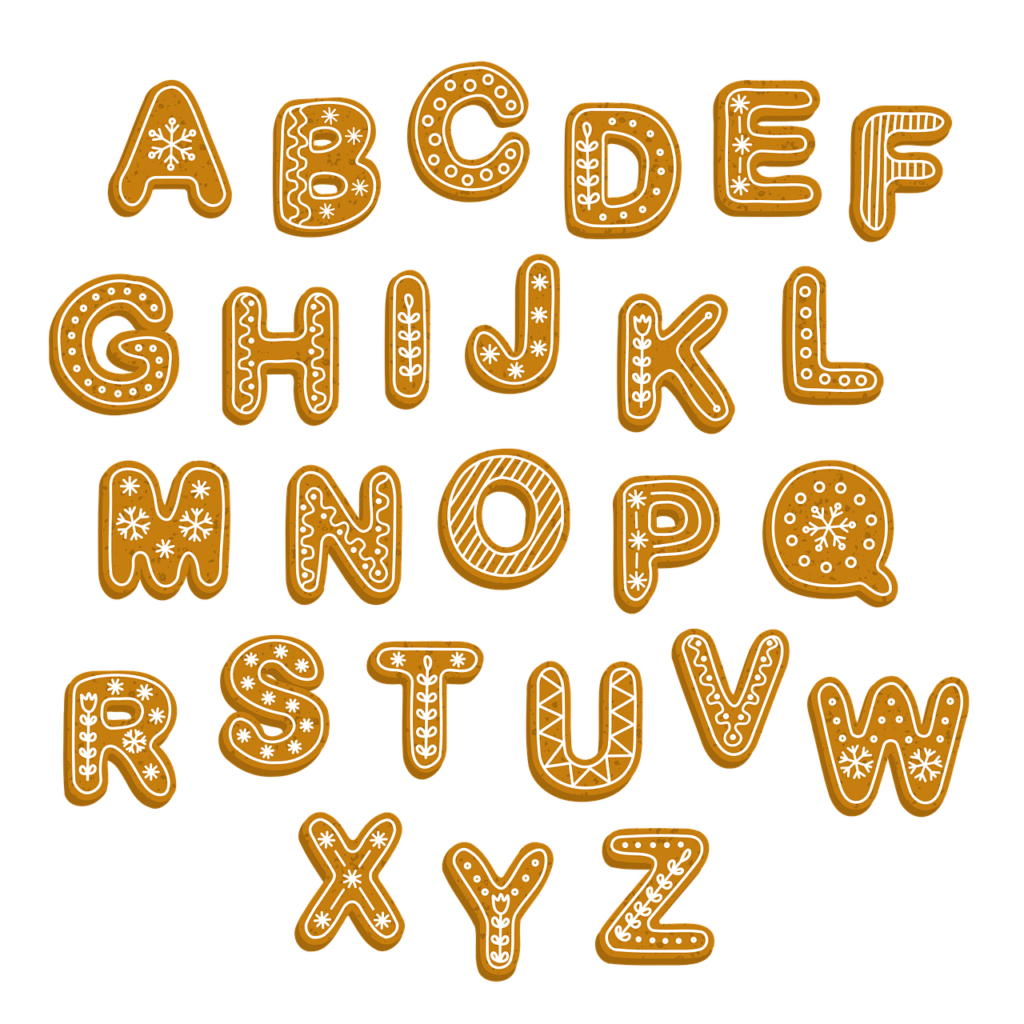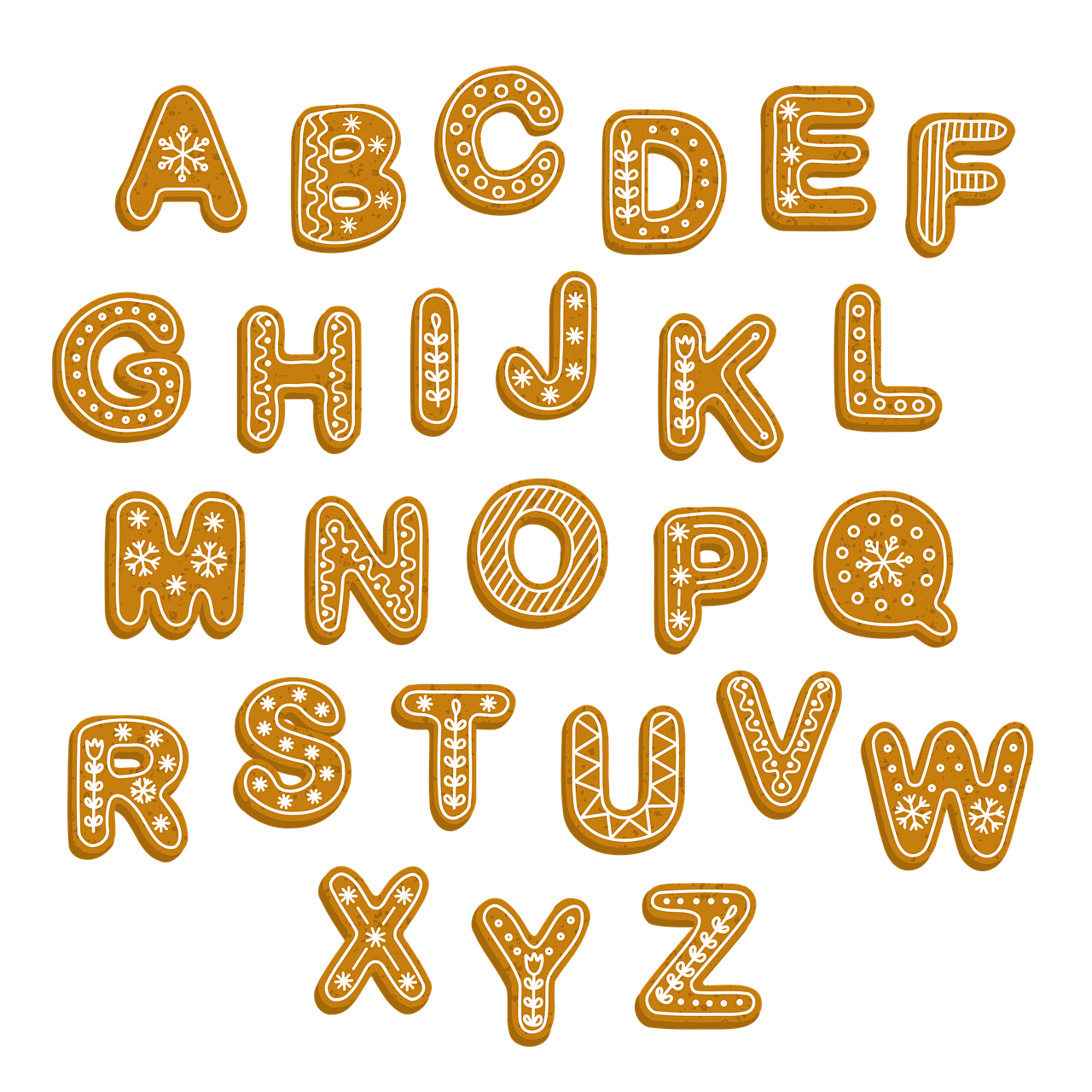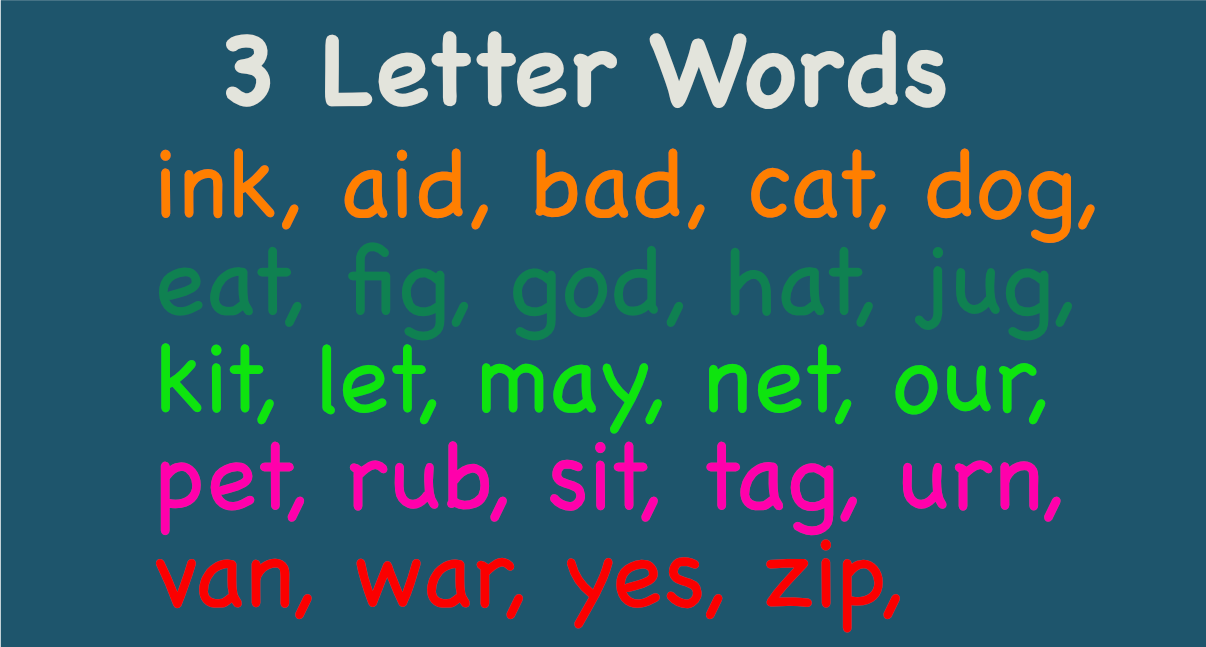
Letter recognition is a crucial competence that you child must develop as part of their language development phase.
This post will guide you on how to teach your child to identify letters.
The post will focus on:
- Letter Recognition
- Alphabet Books
- Sandy Letters
- Alphabet Games
- Sensory Exercises
- Lowercase Letters Versus Uppercase Letters
- Magnetic Letter Fishing Games
- Leap Frog Shows On Netflix
One of the most basic steps to teaching your child to identify letters is by playing games that involve the alphabet. You can also use magnetic letter fishing games and Leap Frog shows to get started.
You can also use songs and stories to teach your child the letters and their sounds. It is important to keep in mind that you should start with the lowercase letters.
Contents
Why Is Recognizing Letters Important?
In what sequence ought the letters to be taught?
You don’t have to introduce the letters to your kids in alphabetical order while teaching them the alphabet.
Start by using high-frequency ones, such as the letters in their names. They will have more opportunities to practice letter recognition because the letters in their names have more significance to them.
Check Out Alphabet Books
You should start reading alphabet books to your kids while they are little. Your child will benefit much from repetition in their early attempts to learn the alphabet. I was shocked by the sheer number of alphabet books that were gifts when my oldest was born.
Because they were all unique from one another, we enjoyed reading them all. Around the age of 18 months, I discovered that both of my children really got into reading alphabet books. Some of our alphabet books are seen here.
Sandy Letters
Children can learn their alphabet quite effectively by using sandpaper letters. Didax Sandpaper Tracing Letters and the School Supply Tactile Letters Kit are two of my favorites. Because children use their fingers to trace the sandpaper letters, this pre-writing exercise is ideal. I adore how the cards instruct the child in terms of where to begin and which way to go.
Alphabet Games
I believe that using alphabet puzzles to teach letters is a fantastic way to teach the alphabet. My favorite Melissa and Doug puzzle is this one. It’s a lovely wooden puzzle with interesting images. This is a fantastic technique to hone your language and vocabulary abilities.
Sensory Exercises
While some children pick up the alphabet very quickly, others require more practice and patience. Children learn best when they have numerous multisensory interactions with letters, I’ve always maintained.
I adore incorporating sensory play into alphabet letter learning. Children begin to learn letter names when they engage in meaningful activities that expose them to the alphabet repeatedly. This alphabetic ice excavation exercise is one way.
Lowercase Letters Should Be Taught First
Teaching children to identify letters is important for their future academic success, and learning the alphabet is a key step toward that goal.
Recent studies have found that a child’s grasp of the alphabet predicts their future literacy development. As such, it is critical to teach both lowercase and uppercase letters to develop a strong foundation in early literacy.
And while it is tempting to focus only on uppercase letters initially, it is actually better to focus on the lowercase versions of letters, as these are more common in reading and writing.
Children’s alphabet books are an excellent way to start teaching the letters and sounds of the alphabet. Look for books that list both lowercase and uppercase versions of a single letter. You can also use abc puzzles to help your child learn the letter sounds.
After your child has mastered the lowercase letters, move onto the uppercase letters. It is important to use simple words that describe each letter’s sound. Then introduce other sounds associated with the letter. For example, the ‘e’ in bed sounds different from the ‘e’ in ‘he’.
When teaching my child to identify letters, it is important to remember that uppercase letters start at the top of the page and go downward.
This is because uppercase letters contain a curved portion. This makes the uppercase letters easier to learn. In addition to this, uppercase letters often feature a baseline line.
In addition to teaching your child the capital letters, you should also teach them lowercase letters.
The lowercase letters are more difficult for small children to recognize than the uppercase ones. By using flashcards or sticky notes, you can practice teaching uppercase and lowercase letters. You can also use books that teach lowercase letters.
Magnetic Letter Fishing Games
Magnetic letter fishing games are a great way to help your child learn to identify letters. They can be purchased or made with materials from home. These games are a great way to practice matching upper and lowercase letters.
Simply place the magnetic letters in a container and tie a string to it. You can also use a sturdy reusable straw as a fishing pole. To make the game more fun, add sea life to the water and let your child “fish” for the letters.
Magnetic letter fishing games are great for hot summer days. A kiddie pool is the perfect place for this activity. You can throw magnetic letters into the water and let your child use a magnetic fishing pole to catch them. This is a great way to combine learning with fun.
You can also try magnetic letter fishing games with the letters in the pond. Your child will enjoy fishing for letters and learning their sounds.
Gold coin games are also fun for learning the different sounds of the vowels. Another fun game is the ABC letter stack game where kids can stack letters until one falls off. You can also try the Initial Sounds Blackout Game to help your child learn how to identify the beginning sounds of words.
These games are an excellent way to introduce your child to the alphabet. You can play them as a small group activity during the first few weeks of school.
These alphabet fishing games are perfect for preschoolers and early elementary kids. In addition to introducing them to letters, these games help to improve hand-eye coordination and fine motor skills.
Magnetic letter fishing games can be used for alphabet activities with preschoolers and kindergarteners. These activities can also develop social and pre-reading skills.
For instance, children will learn to take turns and work cooperatively to complete each task. The games can also help your child to practice strategic thinking.
Leap Frog Shows On Netflix
If you’re looking for some educational kids shows, consider Leap Frog. This brand of educational children’s shows features classic animation and a story that focuses on learning the alphabet by helping young viewers identify each letter. It also uses songs to reinforce learning.
Depending on your child’s age and learning style, you can choose between a live show or a series of episodes. The show has a musical twist and is an excellent way to introduce your child to the alphabet.
You can also find a series focusing on science, math, and reading. Sid the Space Explorer and The Magic School Bus are both excellent choices for combining science and literacy in a fun way.
The StoryBots series is another great option for preschoolers. These shows are based on award-winning educational apps and are interactive, with playful characters interacting with kids.
Another new series available on Netflix is Luna Petunia, which taps into preschoolers’ natural curiosity by using play-based learning. Another show, Julie’s Greenroom, uses dance to teach vocabulary and other basic concepts.



